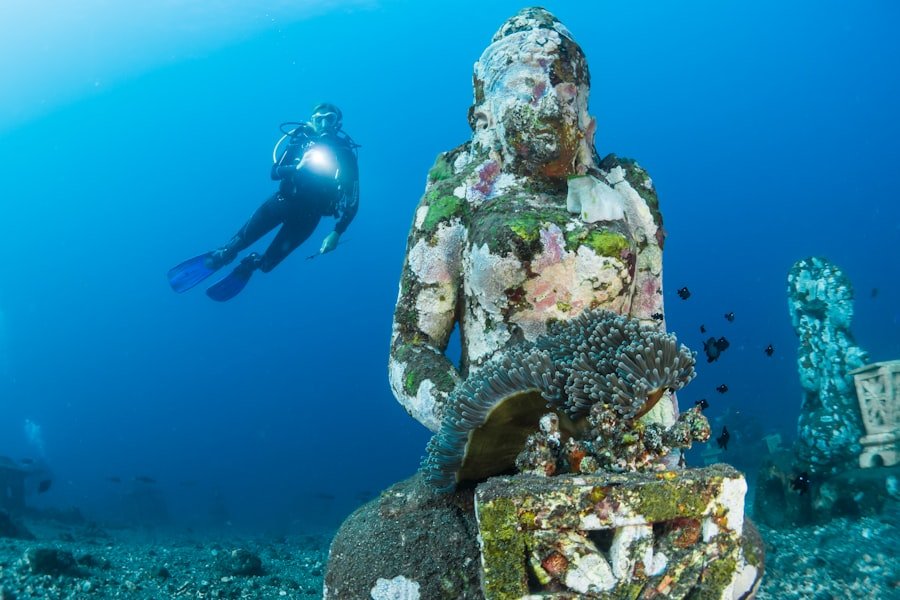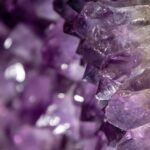The Cayman Islands, a British Overseas Territory located in the western Caribbean Sea, is renowned for its stunning underwater landscapes and vibrant marine ecosystems. Comprising three main islands—Grand Cayman, Cayman Brac, and Little Cayman—this tropical paradise offers divers of all skill levels an unparalleled experience. The crystal-clear waters, teeming with life, provide a unique opportunity to explore coral reefs, underwater caves, and shipwrecks, making it a premier destination for diving enthusiasts from around the globe.
Diving in the Cayman Islands is not merely a recreational activity; it is an immersive journey into a world filled with color and diversity. The islands boast some of the clearest waters in the Caribbean, with visibility often exceeding 100 feet. This clarity allows divers to appreciate the intricate details of coral formations and the myriad of species that inhabit these waters.
The combination of warm temperatures, rich biodiversity, and well-preserved marine environments makes the Cayman Islands a must-visit location for anyone passionate about underwater exploration.
Key Takeaways
- The Cayman Islands offer some of the best diving experiences in the Caribbean, with clear waters, diverse marine life, and impressive underwater landscapes.
- Grand Cayman is home to top diving sites such as the USS Kittiwake wreck, the famous Stingray City, and the vibrant coral reefs of Bloody Bay Wall.
- Divers in the Cayman Islands can encounter unique marine life such as colorful coral formations, eagle rays, reef sharks, and even the occasional whale shark.
- Cayman Brac is known for its exceptional wreck diving, with sites like the MV Captain Keith Tibbetts offering opportunities to explore sunken ships and artificial reefs.
- When diving in Little Cayman, it’s important to be mindful of the delicate ecosystem and follow sustainable diving practices to protect the marine environment.
Top Diving Sites in Grand Cayman
Grand Cayman is home to some of the most celebrated diving sites in the Caribbean, each offering a unique experience that caters to different interests and skill levels. One of the most famous sites is the North Wall, characterized by its dramatic drop-offs and vibrant coral gardens. Divers can encounter a variety of marine life here, including large schools of fish, sea turtles, and even occasional sightings of reef sharks.
The wall’s steep descent creates an exhilarating experience as divers navigate between the surface and the depths. Another iconic site is the Bloody Bay Wall, located off the coast of Little Cayman but often included in discussions about Grand Cayman due to its proximity and popularity. This site features stunning vertical walls adorned with colorful sponges and corals.
The biodiversity here is remarkable; divers can expect to see everything from small nudibranchs to larger pelagic species. The combination of breathtaking scenery and abundant marine life makes Bloody Bay Wall a highlight for many divers visiting the region.
Unique Marine Life Encounters

One of the most captivating aspects of diving in the Cayman Islands is the opportunity to encounter unique marine life that thrives in these waters. The islands are home to over 500 species of fish and numerous types of coral, creating a rich tapestry of life beneath the surface. Divers often report sightings of majestic stingrays gliding gracefully through the water, particularly at Stingray City, where visitors can interact with these gentle creatures in their natural habitat.
In addition to stingrays, divers may also encounter nurse sharks resting on the sandy bottom or swimming alongside them. These sharks are known for their docile nature and are often seen lounging on the seafloor during the day. The chance to observe these magnificent animals up close adds an element of excitement to any dive.
Furthermore, the presence of vibrant coral reefs provides a habitat for countless smaller species, including colorful parrotfish, angelfish, and even elusive seahorses.
Wreck Diving in Cayman Brac
| Depth | Visibility | Difficulty |
|---|---|---|
| 50 – 130 feet | 50 – 100 feet | Intermediate to Advanced |
Cayman Brac offers a different diving experience with its array of shipwrecks that have become artificial reefs over time. One of the most famous wrecks is the MV Capt. Keith Tibbetts, a former Russian warship that was intentionally sunk in 1996 to create a dive site.
This wreck lies at a depth of approximately 100 feet and has become a haven for marine life. Divers can explore its structure while observing schools of fish that have made it their home. The allure of wreck diving in Cayman Brac extends beyond just the thrill of exploring sunken vessels; it also provides insight into maritime history and the ecological benefits of artificial reefs.
As these wrecks deteriorate over time, they foster new growths of coral and serve as habitats for various marine species. This transformation highlights the importance of wrecks in promoting biodiversity and enhancing the diving experience for those who venture into these underwater graveyards.
Tips for Diving in Little Cayman
Little Cayman is often regarded as a diver’s paradise due to its pristine waters and less crowded dive sites. For those planning to dive here, several tips can enhance the experience. First and foremost, divers should consider booking dives with local operators who are familiar with the area’s unique conditions and can provide valuable insights into the best sites based on current weather and water conditions.
Additionally, divers should be prepared for varying depths and currents that may be encountered at different sites around Little Cayman. It is advisable to have a good understanding of one’s own diving capabilities and to communicate openly with dive guides about any concerns or preferences regarding dive profiles. Bringing along a dive computer can also help monitor depth and time spent underwater, ensuring a safe and enjoyable experience.
Exploring Stingray City

Stingray City is one of the most iconic attractions in the Cayman Islands, drawing visitors from around the world eager to interact with its resident stingrays. Located in a shallow sandbar just off Grand Cayman’s North Sound, this site offers a unique opportunity for divers and snorkelers alike to engage with these gentle creatures in their natural environment. The experience typically involves wading into waist-deep water where dozens of stingrays congregate, drawn by the presence of food provided by guides.
The interaction at Stingray City is not only thrilling but also educational. Guides often share fascinating facts about stingray behavior, biology, and conservation efforts aimed at protecting these remarkable animals. Visitors learn how to safely handle stingrays while respecting their space, fostering a deeper appreciation for marine life.
This blend of adventure and education makes Stingray City a must-visit destination for anyone traveling to the Cayman Islands.
Diving Safety and Regulations in the Cayman Islands
Safety is paramount when diving in any location, and the Cayman Islands are no exception. The local authorities have established regulations designed to protect both divers and marine environments. Divers are required to adhere to specific guidelines regarding buoyancy control, equipment use, and dive planning to ensure safe practices are followed at all times.
Additionally, it is essential for divers to be aware of their own health conditions and limitations before embarking on dives. The warm waters of the Caribbean can be inviting, but factors such as dehydration or fatigue can significantly impact safety underwater. It is advisable for divers to stay hydrated, avoid alcohol before diving, and ensure they are well-rested prior to their underwater adventures.
Sustainable Diving Practices in the Cayman Islands
As awareness grows regarding environmental conservation, sustainable diving practices have become increasingly important in the Cayman Islands. Divers are encouraged to adopt responsible behaviors that minimize their impact on fragile marine ecosystems. This includes avoiding contact with coral reefs, not collecting souvenirs from underwater environments, and being mindful of buoyancy to prevent accidental damage to delicate habitats.
Local dive operators often promote eco-friendly practices by educating divers about marine conservation efforts and encouraging participation in beach clean-ups or coral restoration projects. By fostering a culture of sustainability within the diving community, the Cayman Islands aim to preserve their natural beauty for future generations while allowing visitors to enjoy their breathtaking underwater landscapes responsibly.
If you’re interested in exploring the underwater world of the Cayman Islands, you may want to check out the article on Hydroworld Cayman Islands. This website offers a variety of services for diving enthusiasts, including checkout dives and guided tours. Whether you’re a beginner or an experienced diver, Hydroworld Cayman Islands has something to offer for everyone looking to experience the beauty of the Caribbean Sea.



